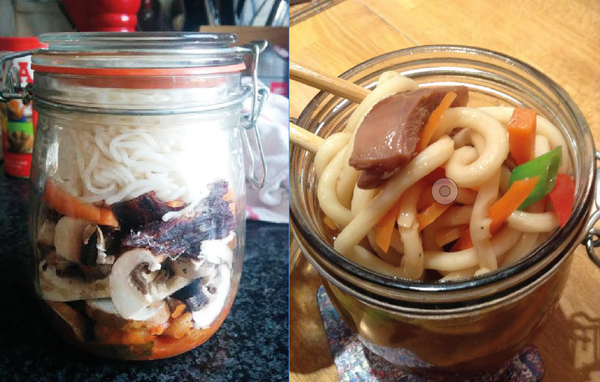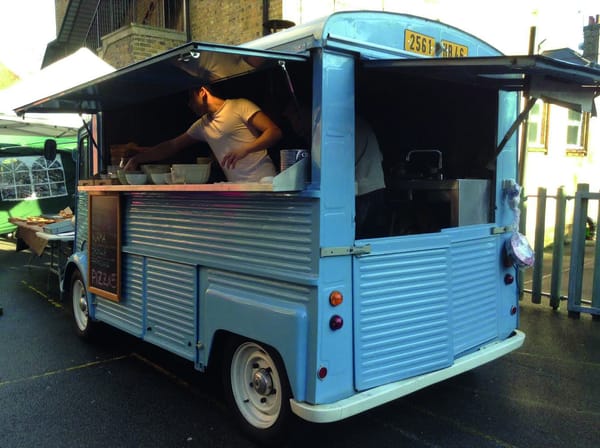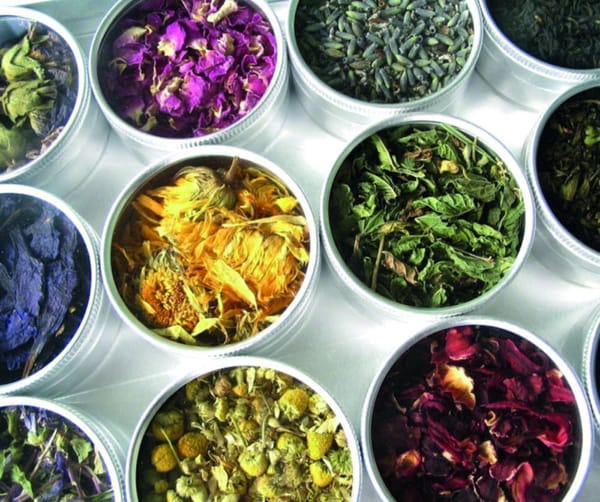How to mash potatoes properly
Smash might be easy, but it won’t impress your housemates like this will
Now, you’re all going to think I’m crazy - telling you how to cook steak one week, and then mash the next? Madness – this bloke must think we can’t cook for toffee! Well, I’ve taken all the feedback from the few of you who did read it and not think it was a complete pile of garbage, and am going to focus on what you liked – the scientific part of it. Plus, I’ve had recipe requests, so I’ll slip one in this time – as well as nattering on less, if I can. If you feel like i’m insulting your cooking genius, apologies – I’m just trying to change the way you might look at food and why you do the things you do in cooking.
Mash, champ, pommes mousseline – they all focus on that staple ingredient, the humble spud. It’s so versatile – and I will go on to write about the many other things you can do with it – but mash happens to be my favourite way of using them. Simply done, with a little bit of dripping from a roast – nothing can compare for me.
Straight away, a clear enemy was found, starch
However, I’ve always struggled with lumps. And no, I don’t need to see a doctor – these are of the improperly cooked potato variety. And my mother’s mash would sometime be a teensy bit gloopy – don’t get me wrong, we’ve both made great mash before, but just not consistently. Somehow, the variations we did – ever so subtle, like the types of potatoes, the length of boiling or how well we let them steam dry – really screwed things up. I thought it was time I mastered one of the simpler dishes out there, so I had a look into it.
And straight away, a clear enemy was found – starch. Or rather, what happens when starch and water mix. As granules of amylose and amylopectin interact with water, starch swells and then bursts, forming a gel matrix over time – it is, in fact, a non-newtonian fluid. This product is responsible for the least desirable feature – gummy mash. So clearly regulating the exposure of the potatoes to water is a problem.
I had also encountered a second problem – uneven cooking. Naturally, as the pieces of potato are boiled, the surfaces heat up and cook through much faster than the middles. If this is extreme, you can have just cooked interiors with mushy exteriors, and this is exactly what happens if you cut your potatoes up into pieces that are irregular or just too large! And this gives you lumps – my second enemy.
I did have to question my sanity, spending time researching mash whilst I could be focusing on my lab project, but I had found what I needed to solve. And the solution is very simple.
In both cases, water is not helping us. It swells the starch and ruins the fluffy lightness that mash should have, and forces us to cut our potatoes up – which not only can lead to uneven cooking, but also exposes even more of the cells and their contained starch to the water, worsening the problem! So, eliminate the water!
That’s right – bake your potatoes! We can all admit that scooping out the middle of a baked potato, and crudely mixing it with some butter and cheese, is one of life’s simple, delicious, pleasures. By using the indirect heat of an oven, and being able to cook potatoes with their skins on, you not only speed up the whole process (not having to peel potatoes is a godsend!) but also hide the starch away from water – not that there should be any, in your oven anyway! The insides are perfectly cooked from edge to edge, so the lumps are gone. In one fell swoop, we have beaten both enemies!
The potatoes can be simply baked alongside the chicken – though not in the same pan, mind – before being taken out to have their guts removed. Beautifully soft potatoey goodness – so light, you can mash with a spoon. A touch of butter, pepper, salt and you’re away. Smashing.
Sanjay’s best ever Mash
This is enough for four hungry people with no regard for keto diets or their waistlines.
Shopping List
- 16 baking potatoes, of a similar size - any variety will do, but King Edward are ubiquitous and great.
- 50-100g unsalted butter
- White pepper (who am I kidding, you can use black, but try to grind it fresh)
- Salt
- 8 Metal Skewers
Method
- Preheat your oven to 200°C/180°C Fan.
- Take your baking potatoes, and use a knife to score a line through the skin lengthwise around the potatoes.
- Thread two potatoes per skewer, along their long axis.
- Bake for approximately an hour, though it can take longer - up to two hours if you want them super easy to work.
- Check doneness by slipping a knife into them – it should encounter resistance from the skin, but nothing else.
- Take the potatoes out of the oven, and whilst they’re hot, remove them from the skewers.
- Leave to cool for about 15 minutes, until you can just handle them.
- Pull them in half, and use a spoon to scrape the perfectly cooked flesh into a bowl – or, if you want, directly into a sieve.
- If you discover they’re not cooked through – don’t panic! Simply return to the oven for another 20 minutes or until done.
- Either way, mash them gently, by rubbing through the sieve or against the side of the bowl with a spoon – they should just disintegrate and form a smooth paste.
- Using a fork, stir the mash with the butter until it is all incorporated . The amount of butter really depends on the consistency and richness you like.
- You can add milk to loosen – but more butter does that job too. Season, and enjoy.








